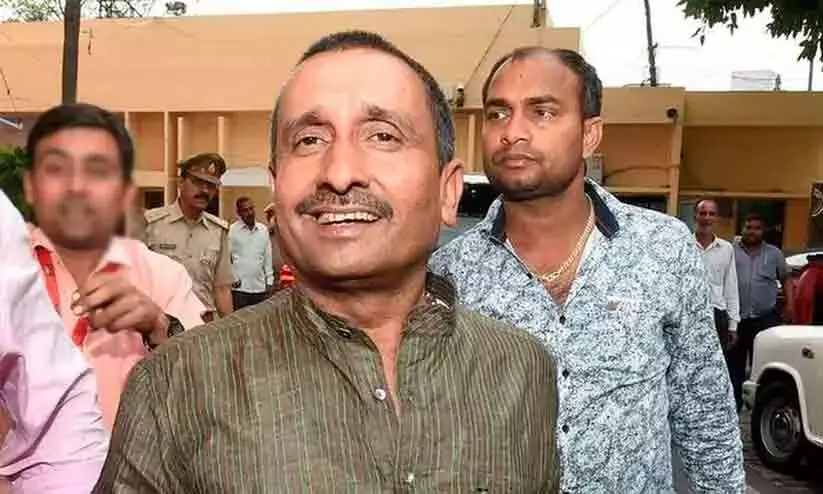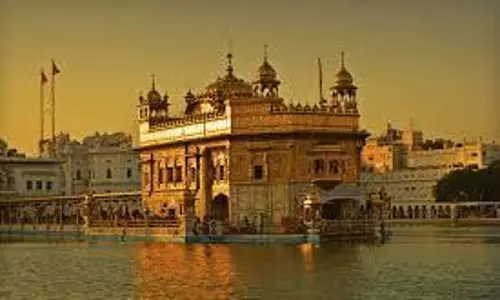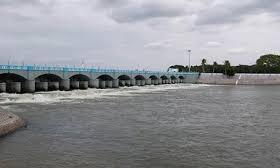
Severe water crisis grips South India as reservoir levels plummet to 17%
text_fieldsSouth India is facing an acute water shortage as reservoir levels in the region have dwindled to a mere 17%, posing significant challenges for irrigation, drinking water supply, and hydroelectric power generation, according to the latest bulletin from the Central Water Commission (CWC).
The bulletin reveals that the southern region, comprising Andhra Pradesh, Telangana, Karnataka, Kerala, and Tamil Nadu, is grappling with substantially reduced water storage compared to historical averages. The 42 reservoirs under CWC monitoring in the region, with a total live storage capacity of 53.334 BCM, currently hold only 8.865 BCM of water, representing a stark 17% of their total capacity.
This figure marks a significant decline from the storage levels observed during the same period last year (29%) and the ten-year average (23%).
The diminishing storage levels raise concerns about exacerbating water scarcity and pose potential threats to agricultural irrigation, potable water supply, and the generation of hydroelectric power across the affected states.
In contrast, the eastern region, encompassing states like Assam, Odisha, and West Bengal, has seen a positive uptick in water storage levels compared to previous years. Currently, 23 monitored reservoirs with a total live storage capacity of 20.430 BCM hold 7.889 BCM of water, representing a healthier 39% of their total capacity.
However, the situation is less promising in other regions of the country. The western region, comprising Gujarat and Maharashtra, reports storage levels of 11.771 BCM, equivalent to 31.7% of the total capacity of 49 monitored reservoirs. This marks a decline from the storage levels observed in the previous year (38%) and the ten-year average (32.1%).
Similarly, the northern and central regions also face declines in water storage levels compared to historical averages.
The bulletin categorizes reservoir storage across various river basins as "better than normal," "close to normal," "deficient," or "highly deficient". River basins like Brahmaputra, Narmada, and Tapi are classified as having better-than-normal storage levels, whereas basins like Cauvery and east flowing rivers between Mahanadi and Pennar are deemed highly deficient.























